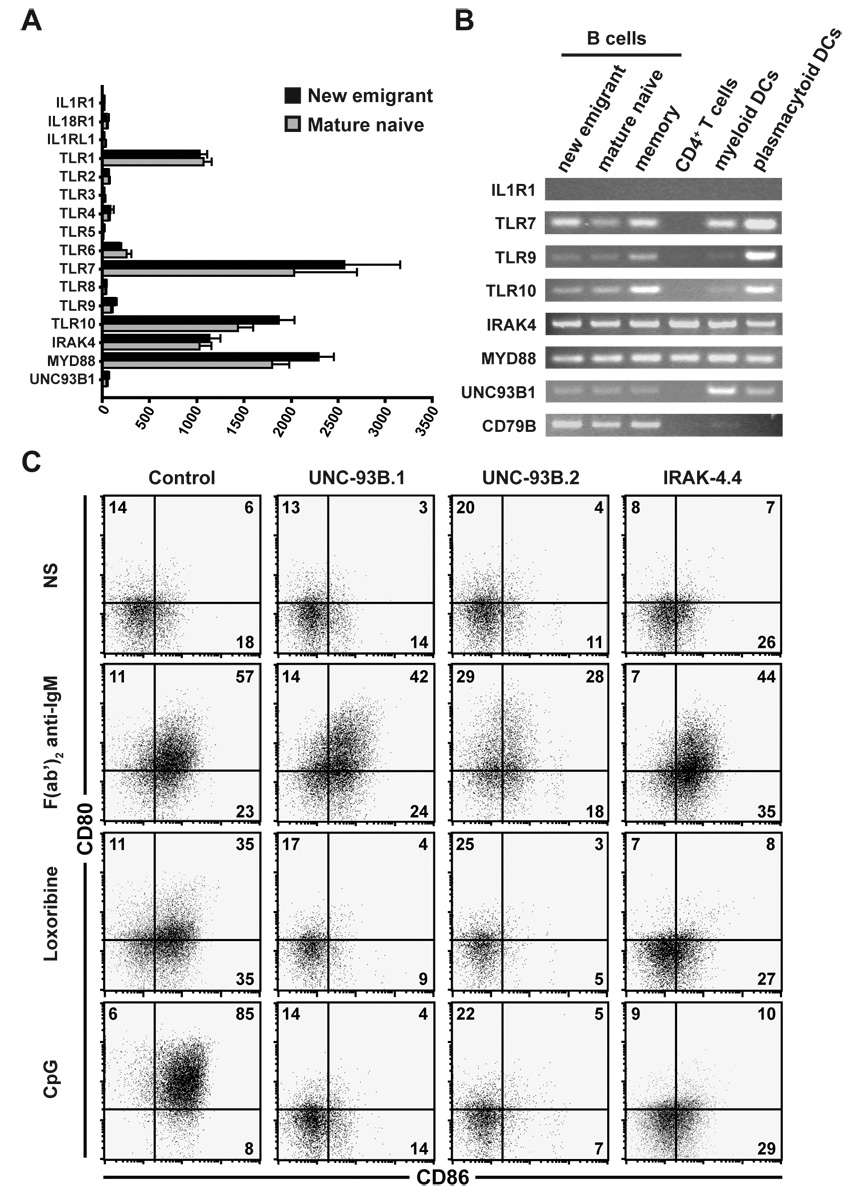Figure 1. Human B cell activation by TLR7 and TLR9 requires UNC-93B.
(A) Human new emigrant and mature naive B cells do not express IL-1R family members. Histograms represent means ± s.e.m. of the expression of studied genes (IL1R1, IL18R1, IL1RL1, TLR1, TLR2, TLR3, TLR4, TLR5, TLR6, TLR7, TLR8, TLR9, TLR10, IRAK4, MYD88, and UNC93B1) in human new emigrant (black bars, n=8) or mature naive (grey bars, n=4) B cells assessed by gene expression profiling using the Affimetrix Human Genome U133 Plus 2.0 Array.
(B) UNC93B1 gene is expressed in human DCs and to a lesser extent in B cells and not in T cells. IL1R, TLR7, TLR9, TLR10, IRAK4, MYD88, UNC93B1, and CD79B gene expression was analyzed by RT-PCR in CD19+CD10+IgM+CD27− new emigrant, CD19+CD10−IgM+CD27− mature naïve, CD19+CD10−CD27+ total memory B cells; TCRαβ+CD4+CD25− T cells; CD19−CD11c+HLA-DR+ myeloid DC enriched cells; and CD19−CD11c−HLA-DR+ plasmacytoid DC enriched cells from healthy controls.
(C) Human B cells responses to TLR7 and TLR9 agonists depend on UNC-93B expression. Dot plots show CD80 and CD86 expression on naive CD19+CD27− B cells from a healthy control, two UNC-93B-deficient patients and one IRAK-4-deficient patient that were either left unstimulated (NS) or stimulated with F(ab’)2 anti-IgM, CpG (TLR9 agonist) or Loxoribine (TLR7 agonist) for 48 hours.

